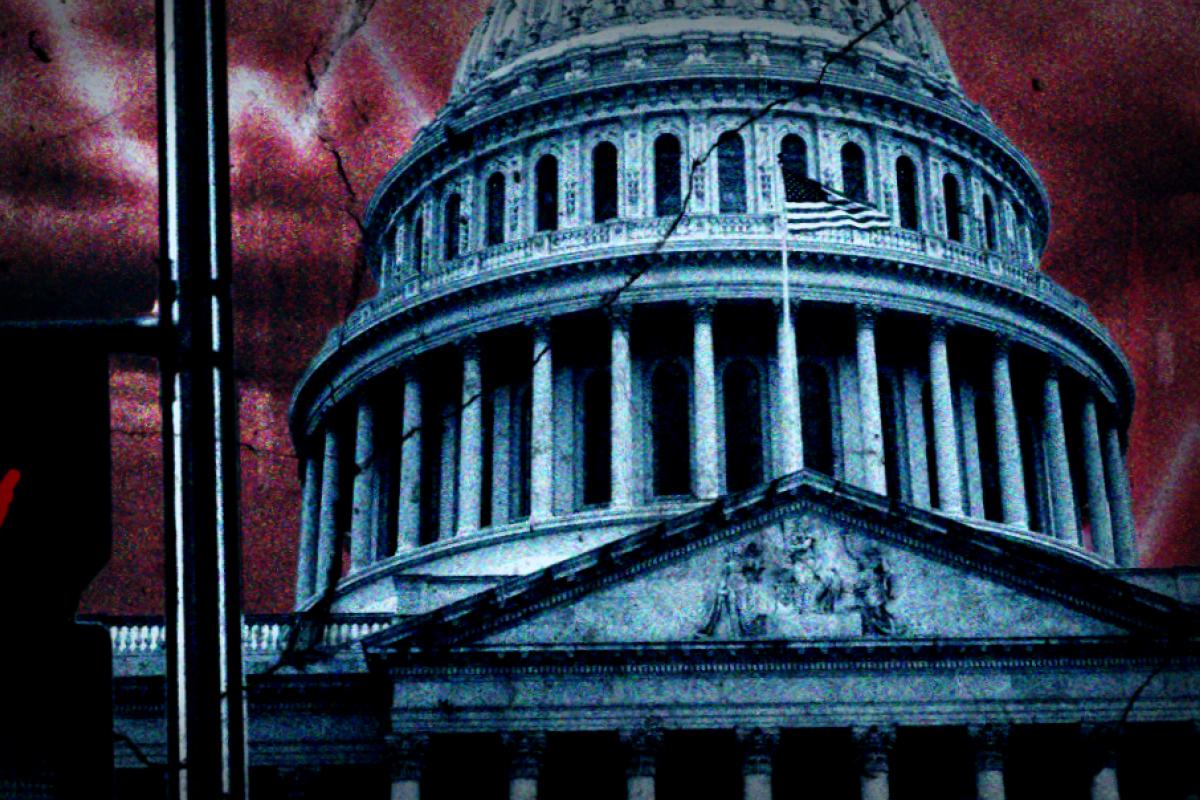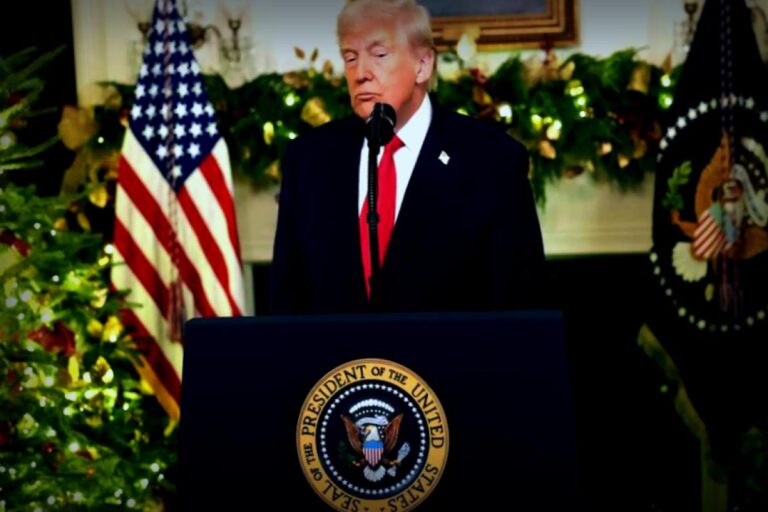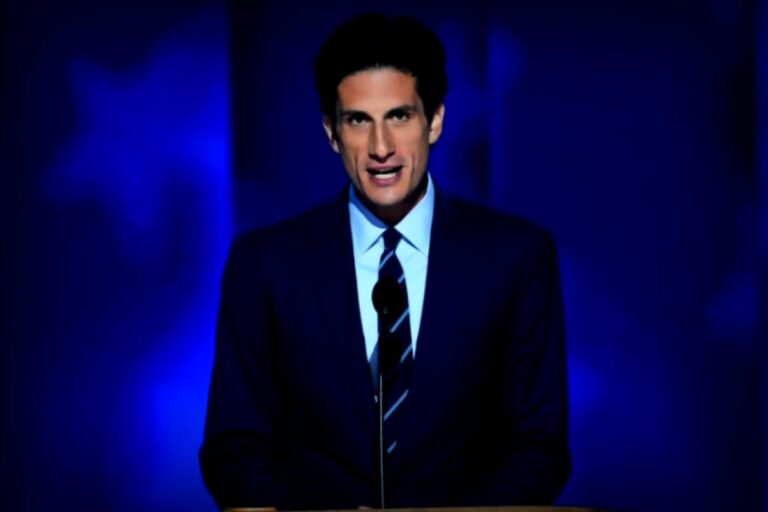The ongoing government shutdown is now four weeks in, and while the immediate economic impacts have been manageable, economists are expressing serious concerns as the situation escalates. This standoff is on track to become the longest in history, and fresh discussions are cropping up about potential economic fallout from prolonged inaction.
Initial Reactions and Growing Concerns
When the shutdown kicked off on October 1, experts weren’t too stressed. They originally projected only a minor hit of about 0.1% to 0.2% off the annualized GDP growth in the final quarter of the year per week the shutdown drags on. However, they were quick to highlight that risks could grow with time.
The economic team at Oxford Economics pointed out that various sectors — like government contractors and private businesses — could also feel the pinch as time goes on, which might not be immediately clear but would add to economic instability.
Record-breaking Shutdown Duration
As of now, we are on day 22, officially marking it as the second-longest government shutdown ever. If it stretches past November 4, we’ll witness a new record being set.
What’s particularly alarming about this shutdown compared to past instances is just how completely the government has shut down this time. Previously, key agencies continued to operate on budget funds, limiting the shutdown’s effects.
Rising Fear of Economic Damage
Economist Nancy Van Houten cautions that if this shutdown heads into the holiday season, it could spell lasting repercussions. “Should the shutdown overlap the holidays, it may very well lead to more severe damage,” she stressed.
Daily signs of disruption are starting to surfacing. Numerous states are notifying low-income families of the risk that they might not receive their Supplemental Nutrition Assistance Program (SNAP) benefits — what many know as food stamps. This program provides vital support for 42 million Americans, especially as grocery prices are soaring.
Impact on Federal Employees and Business Operations
The latest reports indicate that federal workers missed their paycheck for the period ending October 18. Additionally, normal government operations — ranging from licenses to contracts — have come to a halt, leaving businesses in uncertainty.
Economists warn that while today’s issues might seem minor in the grand scheme, they could ignite a confidence crisis. If consumers and businesses begin pulling back on spending, the economy might spiral downward.
The Broader Economic Picture
Overall, the fear among analysts is that the prolonged shutdown could trigger wider disengagement among consumers, leading to reduced spending patterns, which could subsequently prompt layoffs, creating a self-perpetuating cycle of economic decline.
Many consumers and retailers are already starting their holiday shopping earlier every year, meaning this shutdown’s end — if it happens before Christmas — still possesses lingering economic ramifications.
Unpredictable Future
Michael Gapen from Morgan Stanley is keeping a close eye on developments, suggesting that if the shutdown bleeds into mid-November, it might lead to flat or even negative GDP growth.
Adding to the anxiety, it’s believed that economic concerns might compound with external issues like trade tensions involving China, deter spending even more.
Workers uncertainties over back pay, combined with impending layoffs (with over 4,100 notices sent out this month despite a federal judge blocking those cuts) cast an even deeper shadow over economic stability.
As economists strive to forecast the future, caution remains the buzzword. We’re quite literally treading into uncertain ground, where predictions are murky and potentially shaky.
Brian Bethune from Boston College wraps it succinctly: “With spending stream contractions occurring, we might start seeing broader issues arise in the economy.”




















